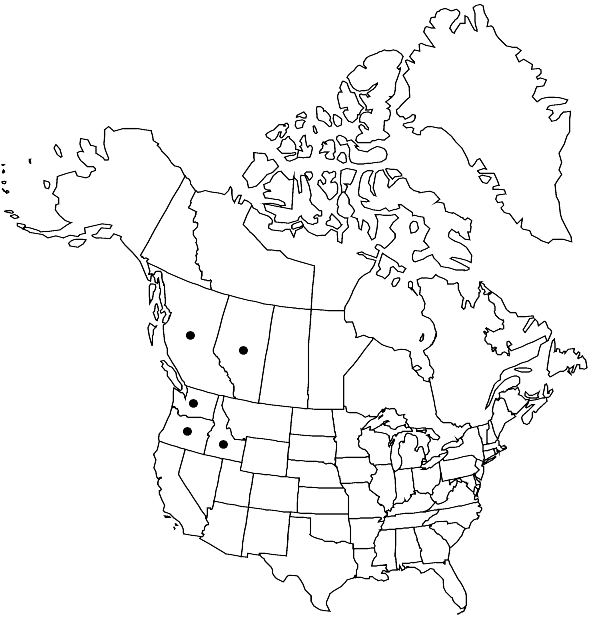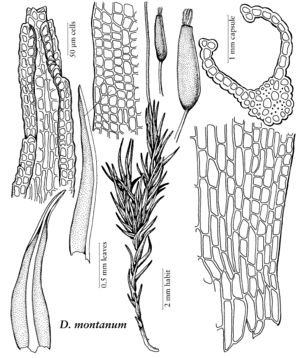Difference between revisions of "Ditrichum montanum"
Bull. Torrey Bot. Club 20: 112, plate 143. 1893,.
FNA>Volume Importer |
FNA>Volume Importer |
||
| Line 31: | Line 31: | ||
-->{{#Taxon: | -->{{#Taxon: | ||
name=Ditrichum montanum | name=Ditrichum montanum | ||
| − | |||
|authority=Leiberg | |authority=Leiberg | ||
|rank=species | |rank=species | ||
| Line 46: | Line 45: | ||
|publication year= | |publication year= | ||
|special status= | |special status= | ||
| − | |source xml=https://jpend@bitbucket.org/aafc-mbb/fna-data-curation.git/src/ | + | |source xml=https://jpend@bitbucket.org/aafc-mbb/fna-data-curation.git/src/f50eec43f223ca0e34566be0b046453a0960e173/coarse_grained_fna_xml/V27/V27_656.xml |
|genus=Ditrichum | |genus=Ditrichum | ||
|species=Ditrichum montanum | |species=Ditrichum montanum | ||
Revision as of 21:04, 16 December 2019
Plants usually in tufts, green. Stems erect, to 2 cm, fastigiately branched from near base, dichotomous distally. Leaves spreading when moist, erect and somewhat contorted when dry, linear-lanceolate, lamina 1-stratose except on margins; margins plane proximally, erect to slightly incurved distally, 2-stratose and subserrulate distally, the apex blunt and coarsely toothed; costa broad, strong, ceasing shortly just proximal to the apex, in section with strong abaxial and weak adaxial stereid bands; lamina cells thick-walled, rectangular proximally, becoming ± quadrate distally. Specialized asexual reproduction unknown. Sexual condition autoicous; perigonia terminal on short basal or axillary branches; exterior perichaetial leaves similar to stem leaves, the inner broadly sheathing. Seta pale yellow, to 2.5 cm, erect. Capsule straight and erect or slightly curved, orange-brown, dark reddish brown at the mouth, elliptical, narrowed at the mouth, 2–3 mm, flattened and weakly sulcate when dry; operculum conic-rostrate, to 1 mm; peristome 600–800 µm, often broken, the teeth split to the short basal membrane, spiculose-papillose. Spores 8–10 µm, appearing smooth.
Phenology: Capsules mature summer (Jul–Aug).
Habitat: Soil, montane habitats
Elevation: moderate to high elevations (800-1600 m)
Distribution

Alta., B.C., Idaho, Oreg., Wash.
Discussion
Ditrichum montanum is apparently confined to upland habitats on disturbed soil. It is distinguished from D. heteromallum by the short, more or less quadrate cells in the distal part of the leaf and by the pale, yellowish seta. Elevation data are from E. Lawton (1971).
Selected References
None.
